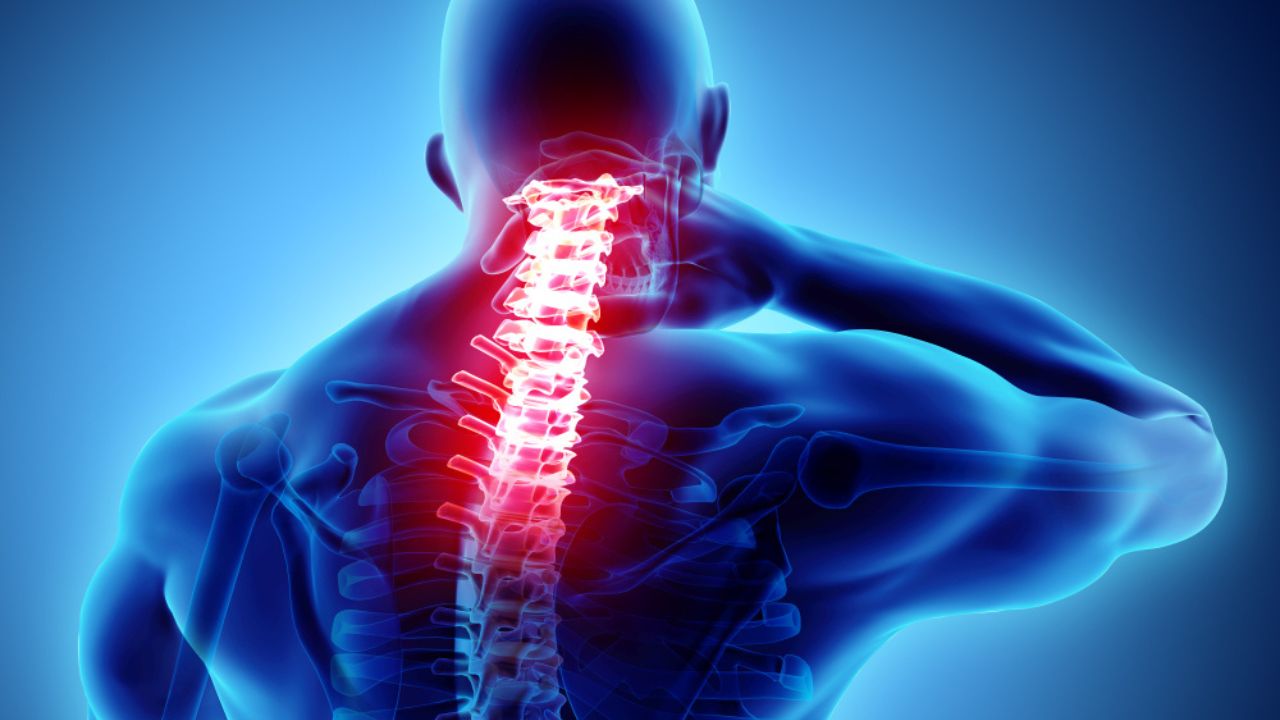Cervical Pain Treatment in India
Cervical Pain Treatment is a common issue affecting many individuals, characterized by discomfort in the neck region. It often results from conditions like herniated discs, pinched nerves, and whiplash. This type of pain can also radiate to the shoulders, arms, and head, leading to headaches and restricted neck movement.
Symptoms of Cervical Pain
- Neck pain
- Numbness
- Weakness
- Color changes
- Deformity
- Difficulty swallowing
- Dizziness
Causes of Cervical Pain
Key causes include:
- Throat and head cancer
- Herniated discs
- Spondylosis
- Vertebral stenosis
- Carotid artery rupture
- Stress
- Strained nerves
- Prolonged poor posture
Treatment Options
Diagnosis and Initial Assessment: A physiotherapist evaluates the severity of cervical pain to identify its root cause. Proper diagnosis is crucial for selecting an effective treatment plan.
Physiotherapy: Physiotherapy plays a vital role in managing cervical pain. It focuses on:
- Strengthening Weak Areas: Exercises to strengthen muscles and restore lost strength.
- Improving Movement Patterns: Correcting improper movement patterns to reduce strain and pain.
- Stretching and Mobilizing: Exercises to elongate shortened muscles and improve joint mobility.
Medication and Injections:
- Medications: Pain relief often involves a combination of muscle relaxants, anti-inflammatory drugs, and opioids.
- Injections: Techniques like facet joint injections, medial branch blocks, and epidural injections can provide targeted relief.
- Other Procedures: Radiofrequency ablation and nerve blocks are used for more specific pain management.
Complementary Therapies:
- Cognitive Behavioral Therapy (CBT): Helps address underlying anxiety or depression.
- Complementary Therapies: Ayurveda, TENS, acupuncture, and meditation can complement traditional treatments.
A multidisciplinary approach is often recommended for chronic pain, integrating medical, physical, and psychological therapies for comprehensive management.





